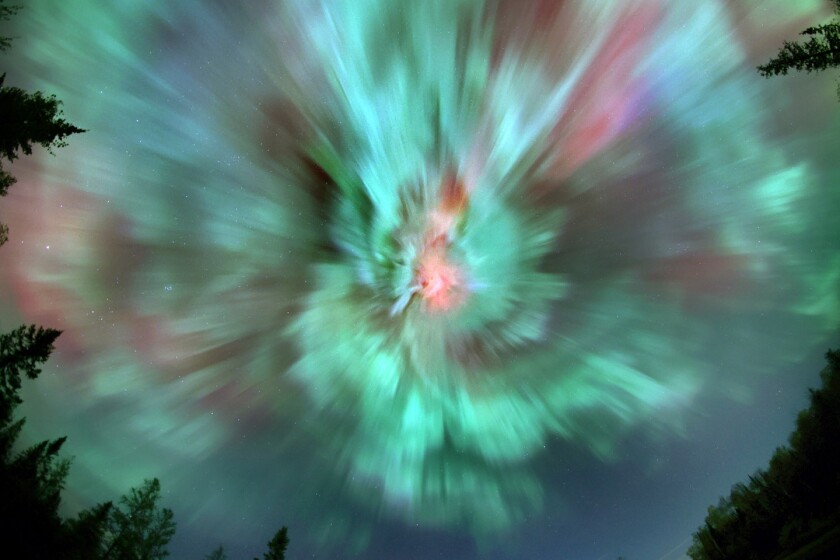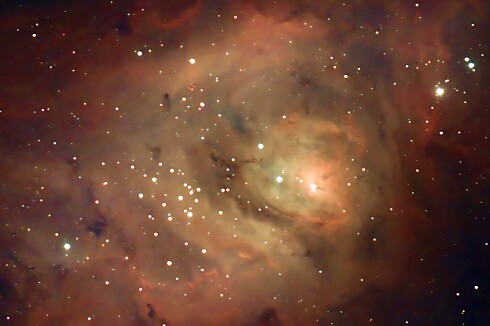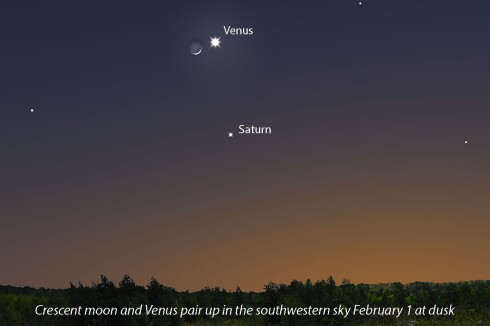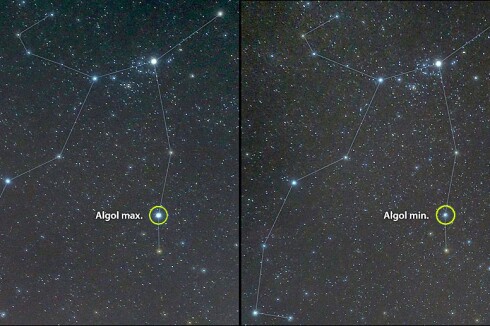On Oct. 15 NASA and the National Oceanic and Atmospheric Administration (NOAA) jointly announced that the sun had entered solar maximum, a stretch of time when its activity is at or near peak. There are lots of cycles in astronomy, the reason so many phenomena repeat if you wait long enough.
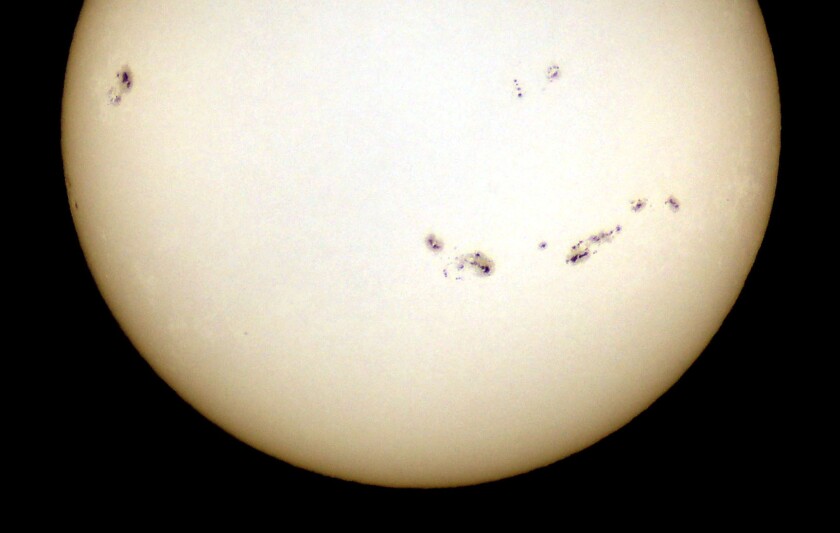
The sun's cycle plays out over approximately 11 years. During that time, solar activity in the form of sunspots, flares and other indicators rises from a minimum, peaks and then declines to minimum again. The last solar max in 2014 — Cycle 24 — was the fourth-least intense since Cycle 1 in 1755. Prospects didn't look much better for the current Cycle 25 a few years back. But the sun has surprised us and gifted observers with lots of spots, powerful X-class flares and an aurora pipeline.
ADVERTISEMENT
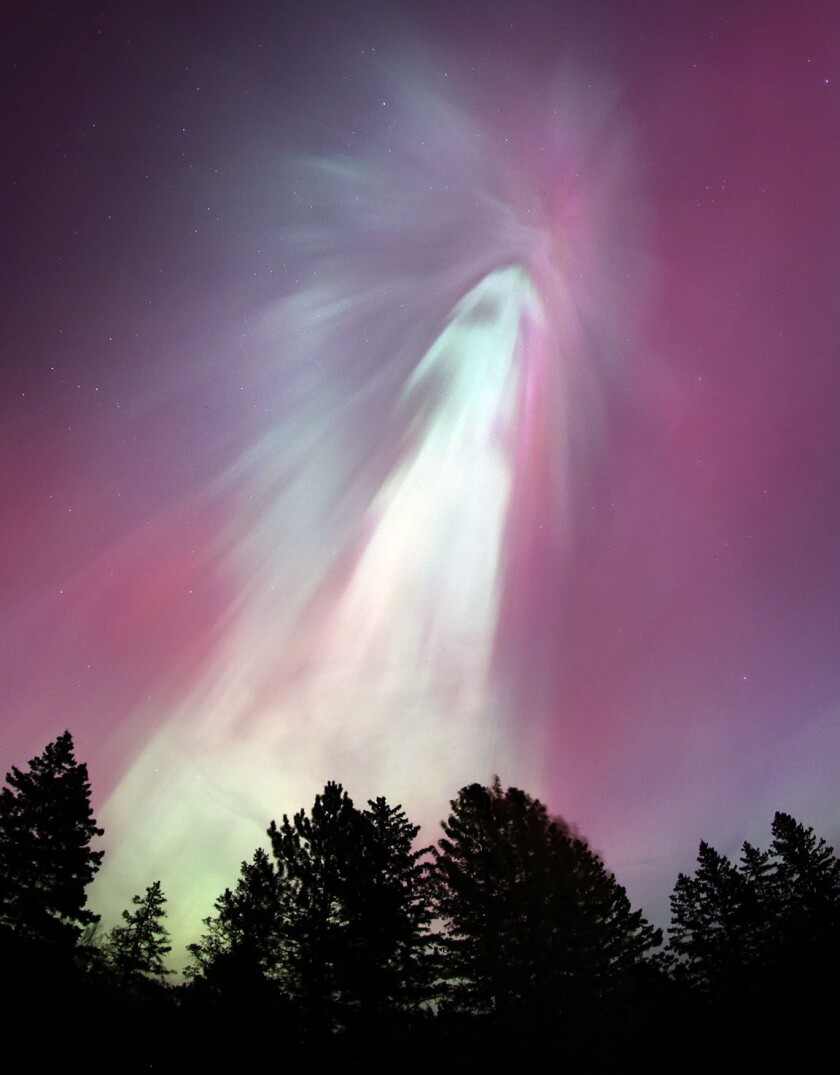
I've been asked why we've had so many auroras this year in the Northland, especially this fall. There are three reasons why. You already know the first — the sun is sizzling with activity, which has bred frequent aurorae.
Second, we've had an exceptional number of clear nights in September and October, making the aurora frequent and accessible. Third, Earth's orientation with respect to the sun at the equinoxes (fall and spring), is more conducive to coupling with the material the sun flings our direction. Call it a winning trifecta. In September I counted 10 nights of aurora and five so far in October.
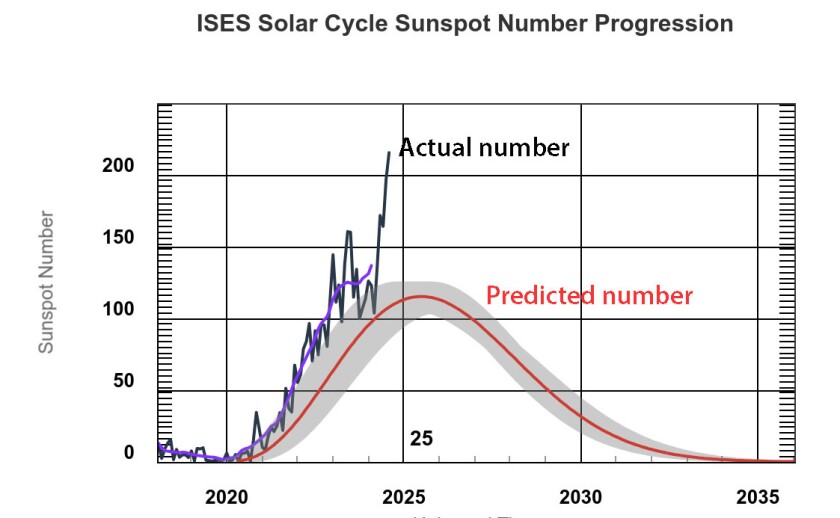
How long will this gravy train continue? We can't know exactly where we are in the solar cycle until sunspot numbers begin to drop, and that hasn't happened yet. Then we can look back, see the trend and determine when they peaked. That's still sometime off. Right now, it appears we'll have at least another year or two of heightened activity and potentially spectacular northern lights displays.
I'm always happy to provide aurora alerts on my Facebook page at facebook.com/astrobobking . But if don't have a phone app it's time to join the crowd. Check out the free SpaceWeatherLive app at spaceweatherlive.com/en/app.html .
More comet tips
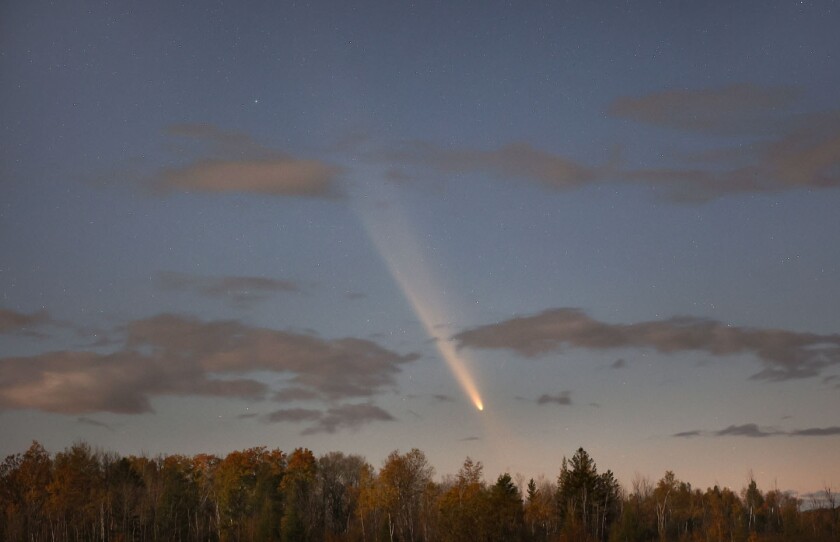
I hope many of you have seen the wonderful comet hanging in the western sky the past couple weeks. Named Tsuchinshan-ATLAS, I have a strong suspicion it will become the most photographed comet ever. I've seen hundreds of wonderful images posted on Facebook and other social media. The timing is perfect. We've got our own night-photo-capable smartphones and the comet is reasonably bright.
However, it's worth noting that the comet has faded from its mid-October peak. Fortunately, the moon begins to get out of the way as soon as Sunday night. For the Duluth area it rises at 7:55 p.m. local time, which leaves about 15 minutes of dark, moonless sky from 7:35-55 p.m. The moon's departure should make the soft, diffuse object much easier to spot even as it continues to fade. With binoculars we'll still track it into at least early November.
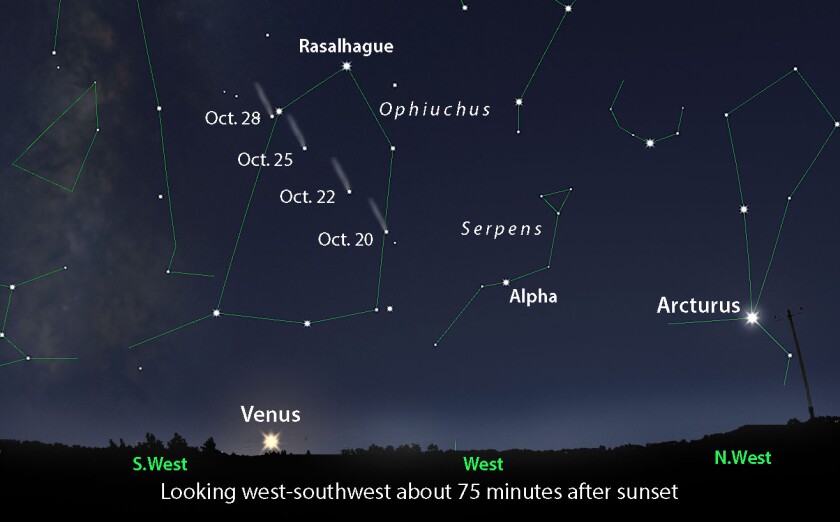
If you have any doubt about where to look for Tsuchinshan-ATLAS, check the map. Bring binoculars, of course. You can also just hold your phone up, take a picture and see where the comet lies in relation to a foreground tree or roof, then use that to guide you to it. Phones at night see better than our eyes!

